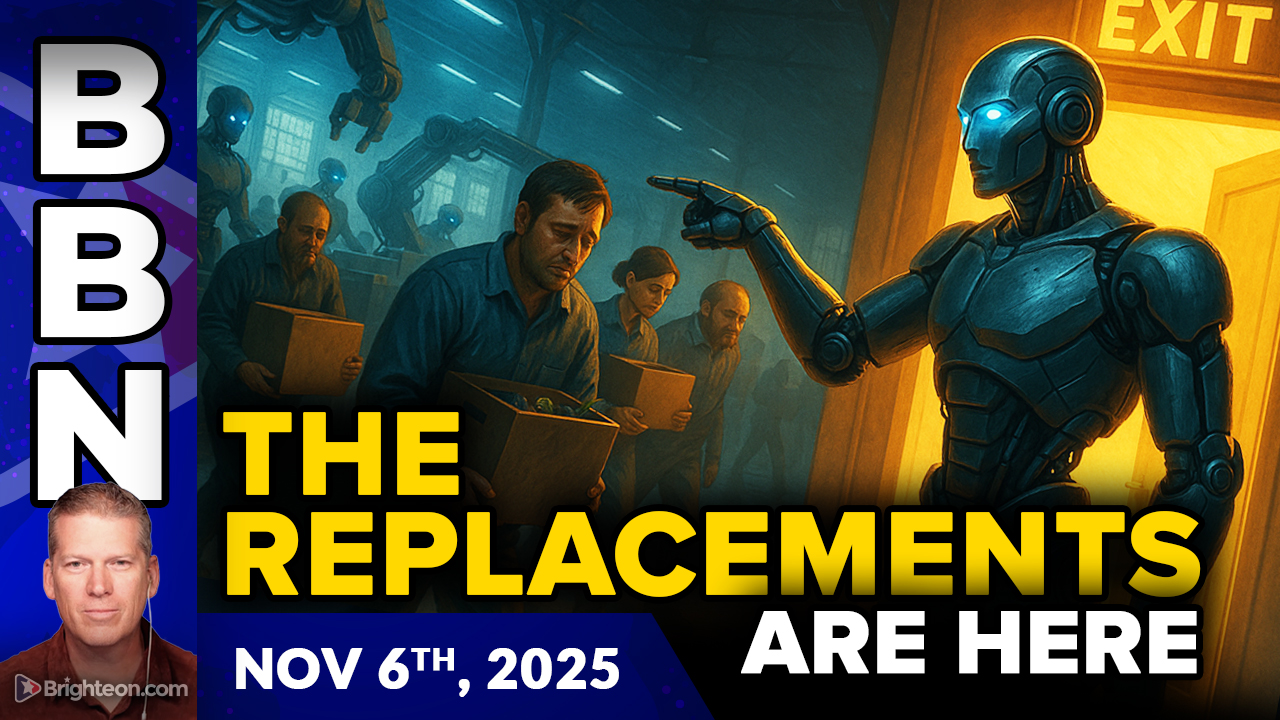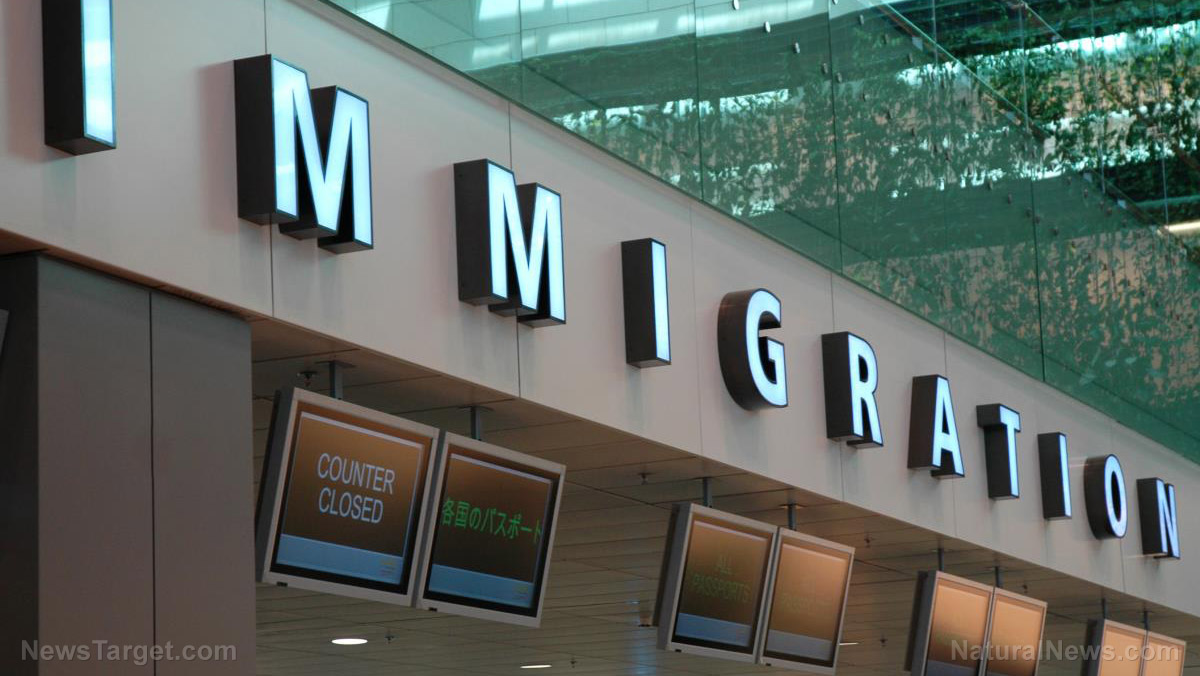 Parler
Parler Gab
Gab
- U.S. household debt surged to an unprecedented $18.59 trillion in Q3 2025, driven by mortgages, credit card debt and economic instability.
- Credit card balances meanwhile soared to $1.32 trillion – fueled by job losses, inflation and reliance on credit for basic expenses.
- Despite claims of "solid" household balance sheets, lower and middle-class families face severe financial stress, with many trapped in a cycle of debt due to stagnant wages and rising costs.
- The Fed's low-interest-rate policies encouraged borrowing, but tightening monetary policy now threatens to increase debt servicing costs, deepening financial instability.
- Solutions like debt relief programs, financial education and responsible lending reforms are critical to breaking the debt cycle and preventing a full-blown credit crisis.
The debt trap: How Americans are surviving on credit
Despite the concerns of a K-shaped economic recovery where the wealthy continue to prosper while the lower and middle classes struggle, household balance sheets remain solid, according to one market analyst. However, this assessment may not reflect the true financial strain experienced by many Americans, who are increasingly turning to credit cards to bridge the gap between their income and expenses. The rising tide of household debt has far-reaching implications for American families. High levels of debt can limit financial flexibility, making it difficult for households to weather economic storms or invest in their future. Moreover, the high cost of servicing debt can divert funds away from essential expenses, such as healthcare and education, further exacerbating the financial strain on American families. The Federal Reserve's low-interest rate policy, implemented in response to the COVID-19 pandemic, has contributed to the surge in household debt. Low-interest rates make borrowing cheaper, encouraging Americans to take on more debt. However, as the Fed begins to tighten monetary policy, the cost of servicing debt is likely to increase, further exacerbating the financial burden on American households. Americans are drowning in record-high household and credit card debt, fueled by economic instability, predatory financial systems and failed government policies – forcing families into a cycle of dependency on credit just to survive. To address the household debt crisis, policymakers must take decisive action to support American families and promote sustainable economic growth. This may include targeted interventions to help households manage their debt, such as debt relief programs or financial education initiatives. Additionally, policymakers should consider reforms to the financial system that promote responsible lending and borrowing practices, helping to break the cycle of debt that is ensnaring so many American families. Watch this video about an impending debt crisis. This video is from the Alt Invest Media channel on Brighteon.com. Sources include: TheEpochTimes.com 1 TheEpochTimes.com 2 Brighteon.comChina’s expanding AI and Robotics industry raises questions about future job markets
By Finn Heartley // Share
NVIDIA CEO introduces AI Robot TITAN, with breakthroughs in physical AI
By Lance D Johnson // Share
Republicans move to cut federal funds to NYC with MAMDANI Act
By ramontomeydw // Share
Russia warns of Western-backed nuclear sabotage plot at Zaporizhzhia plant
By bellecarter // Share
Trump administration revives STRICTER visa screening rules under expanded "public charge" policy
By bellecarter // Share
Pumpkin seed extract safely relieves prostate symptoms
By newseditors // Share










